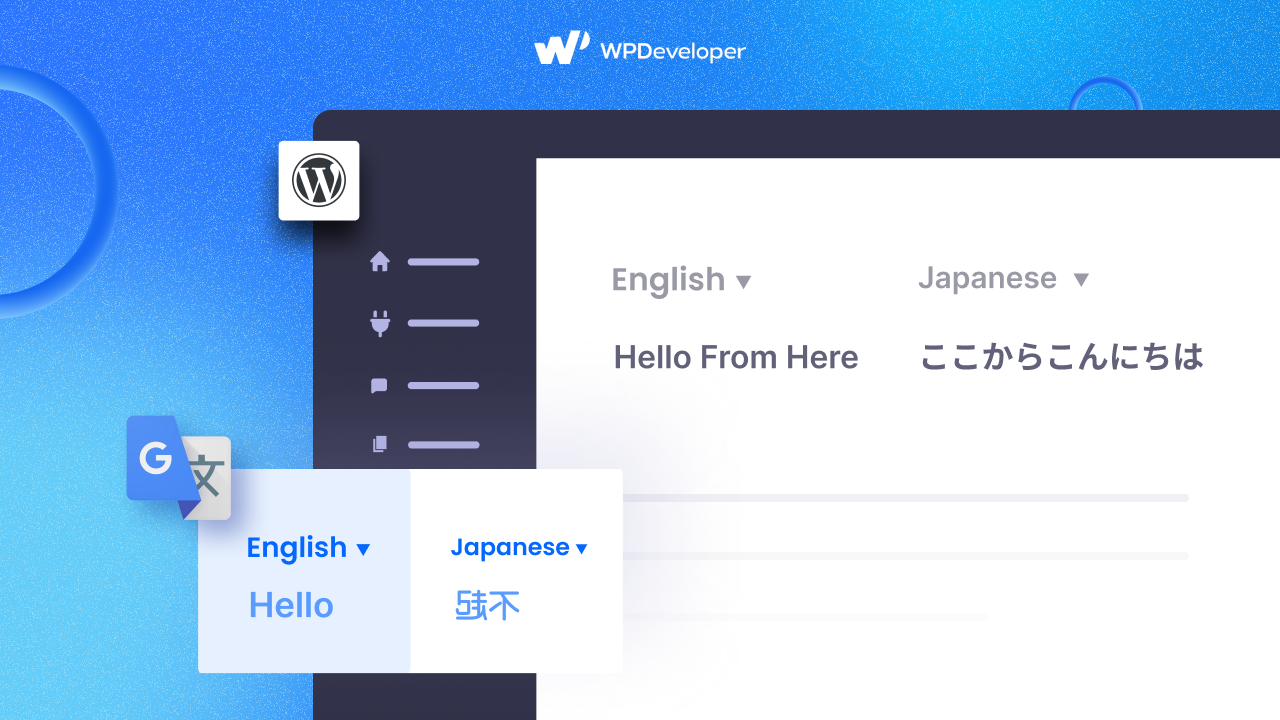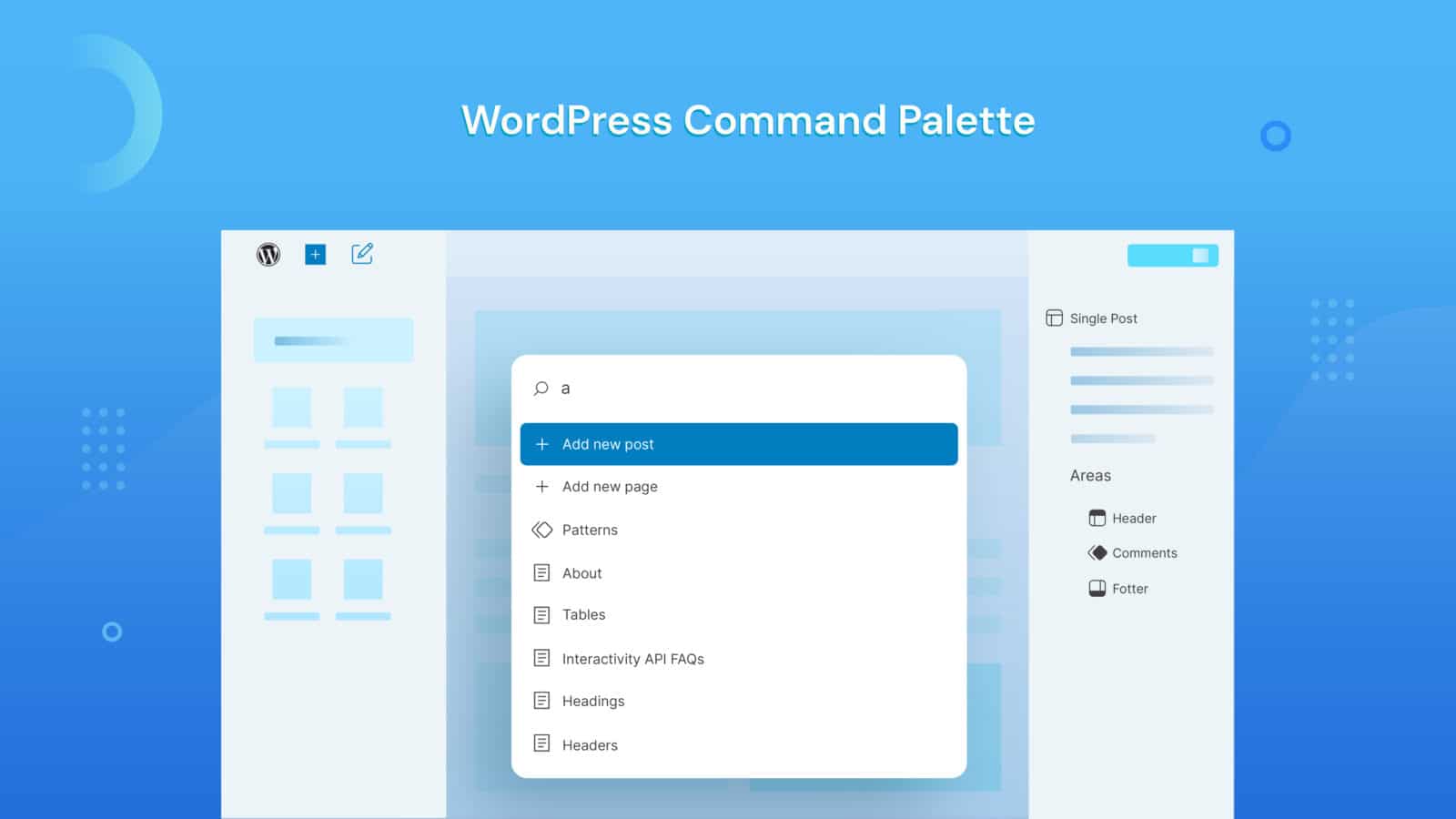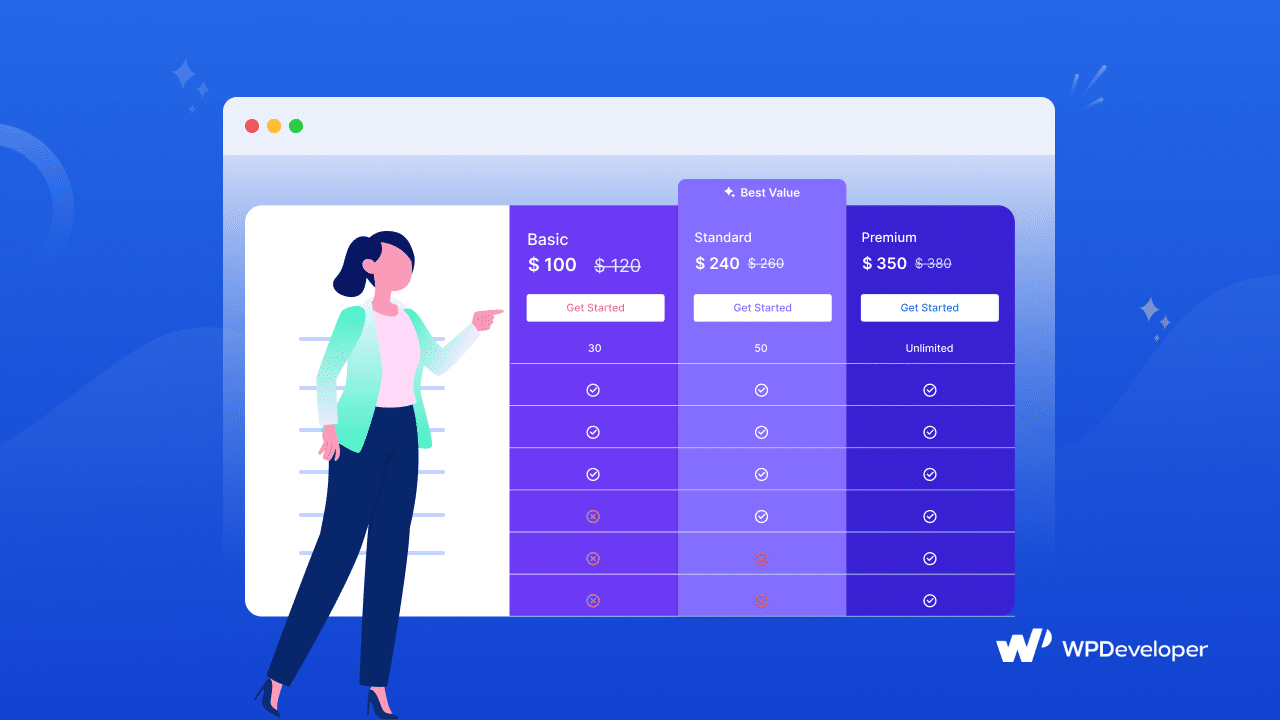If you are a WordPress website owner or a web creator, then one of the most important things that you should know when running your site is how to find your WordPress root directory. This way, if you ever encounter any situation where you have to make changes to your WordPress files, you can do it easily all by yourself.

Of course, finding your WordPress directory and files may sound difficult at first. Especially if you are a beginner or if you don’t have technical knowledge. That’s why we are here to help. In today’s tutorial, we will show you some easy ways to find your WordPress root directory.
What Exactly Is The WordPress Root Directory?
All WordPress websites are essentially made up of a number of different files. Most of these files are PHP and JavaScript files. These files make up the basic foundation of your WordPress website and the directory of these files can be found on a server.
The WordPress root directory is the main directory where all of these files are located. If you can find the root directory of your WordPress website, you can easily search and access other file directories that you need to troubleshoot a specific problem.
Why Should You Know How To Find WordPress Root Directory?
Usually, it is recommended not to make changes to your WordPress files. But, you may sometimes come across a problem that can be easily fixed by editing files in your directory. That’s why, to be able to use these quick fixes and make sure your website is running smoothly, you should know how to find your WordPress directory.

For instance, there may be some problems arising from the themes or plugins you are using, and it can be fixed quickly by making some changes to your WordPress files. In such situations, you may want to know how to access your WordPress directory.
Similarly, you can also edit the files in your directory to set up some custom file permissions or restrictions.
Besides this, if you know how to access and use the files in your WordPress directory, you will not always have to be dependent on web developers to troubleshoot your problems. So, every WordPress user regardless of their experience level needs to know how to find their WordPress directory.
How Are WordPress Files Organized In The Root Directory?
Just like the way your files are organized in the hard drives of your computer, all your WordPress files are also organized neatly in sub-directories inside the root directory. Below are some examples of sub-directories that you may find.
👉 wp-admin: Here you will find all the files that make up the admin pages of your WordPress website.
👉 wp-content: All user-uploaded content, such as images and videos (/wp-content/uploads), or other content-related files such as themes (/wp-content/themes/), plugins (/wp-content/plugins/) and translations (/wp-content/languages) can be found in the wp-content sub-directory.
👉 wp-includes: Here you will find all the common functionality files used by the WordPress Core, the API, the themes, and plugins.
Now that you have some idea of how WordPress files are organized in the directory, let’s see how you can find and access them easily.
How To Access WordPress Root Directory And Files?
There are several methods you can use to find the WordPress root directory and access files inside. In this post, we are going to show you three different, easy methods to do this. Let’s get started.
1. Access WordPress Root Directory From cPanel Dashboard
The easiest and most common approach to find your WordPress root directory is by accessing it from your cPanel dashboard. This is the control panel that lets you manage your web hosting server and files. It is usually provided by your hosting company.
To find your WordPress root directory from your cPanel dashboard, first, log in to your cPanel and then find the ‘File Manager’ as shown below.
![How To Find WordPress Root Directory: Step by Step Guide [2023] 1](https://wpdeveloper.net/wp-content/uploads/2021/05/screely-1620542480982.png)
From here, you will be able to access all the files which have been installed or used on your website inside the ‘public_html’ folder.
2. Use A FTP Client To Find WordPress Root Directory
Another method to find your WordPress root directory is by accessing the files through an FTP server (File Transfer Protocol). FTP servers enable you to transfer files across the internet.
If you have an FTP client such as FileZilla installed, you can enter your domain and credentials to access your files. Once a connection has been established with your FTP, look for the ‘public_html’ folder. From here, you can access the files in your WordPress directory.
![How To Find WordPress Root Directory: Step by Step Guide [2023] 2](https://wpdeveloper.net/wp-content/uploads/2021/05/screely-1620542521016.png)
3. Find WordPress Root Directory From Your Admin Dashboard
If you need to find the WordPress root directory for access plugins or themes-related files, then the easiest way to go about it would be to access your WordPress directory from your admin dashboard.
Before you do this though, make sure to backup your website. If you are not sure how to do this, check out our tutorial on how to backup your WordPress website.
If you are the administrator of your WordPress website and you want to make changes to your WordPress theme files, simply navigate to wp-admin→ Appearance→ Editor. You can then make the necessary changes. Usually, you have to modify the function.php and style.css files, but you can make changes to other files too if needed.
![How To Find WordPress Root Directory: Step by Step Guide [2023] 3](https://wpdeveloper.net/wp-content/uploads/2021/05/screely-1620542577238.png)
Similarly, if you want to make some changes to your plugin files on WordPress, head over to wp-admin→ Plugins→ Editor. From here, you can access the codes of the plugins on your website. When you are done, make sure to hit the ‘Update File’ button to save your changes.
![How To Find WordPress Root Directory: Step by Step Guide [2023] 4](https://wpdeveloper.net/wp-content/uploads/2021/05/screely-1620542627033.png)
Plugins You Can Use To Find WordPress Root Directory
Besides these methods mentioned above, you can also use third-party plugins to access your WordPress directory and the files there. Here are some of the most popular plugins for accessing and editing files from the root directory.
File Manager
![How To Find WordPress Root Directory: Step by Step Guide [2023] 5](https://wpdeveloper.net/wp-content/uploads/2021/05/chrome_AVADYvFs9Z.png)
This is a very popular plugin with more than 700,000 active users. With the File Manager plugin, you can easily access the root directory and edit your WordPress files. It is a good alternative to the FTP or cPanel methods for finding and accessing your WordPress directory.
Advanced File Manager
![How To Find WordPress Root Directory: Step by Step Guide [2023] 6](https://wpdeveloper.net/wp-content/uploads/2021/05/0h4Se3G3GB.png)
Another popular plugin you can use to find your WordPress directory is Advanced File Manager. This plugin lets you access files that are both inside and outside your WordPress directory. You can also use this plugin to edit the root directory path, and it works as a good alternative to the FTP approach.
Bonus: Best Resources For Getting WordPress Support
![How To Find WordPress Root Directory: Step by Step Guide [2023] 7](https://wpdeveloper.net/wp-content/uploads/2021/05/15-Sources-To-Get-Best-WordPress-Support-and-Maintenance-Services-In-2021.png)
With these simple methods, anyone can find their WordPress directory and make changes to the files to quickly fix website-related issues. Even if you are a beginner, you will be able to troubleshoot small problems yourself if you know how to edit the files in your WordPress directory.
If you need more help and resources for your WordPress website, then check out our master list of the best resources for WordPress support services. Using these resources, you will be able to find information and solutions for nearly all WordPress-related problems.
For more helpful tutorials, tips and tricks, and updates, make sure to subscribe to our blog. You can also join our friendly community on Facebook to connect with other WordPress users like yourself.








